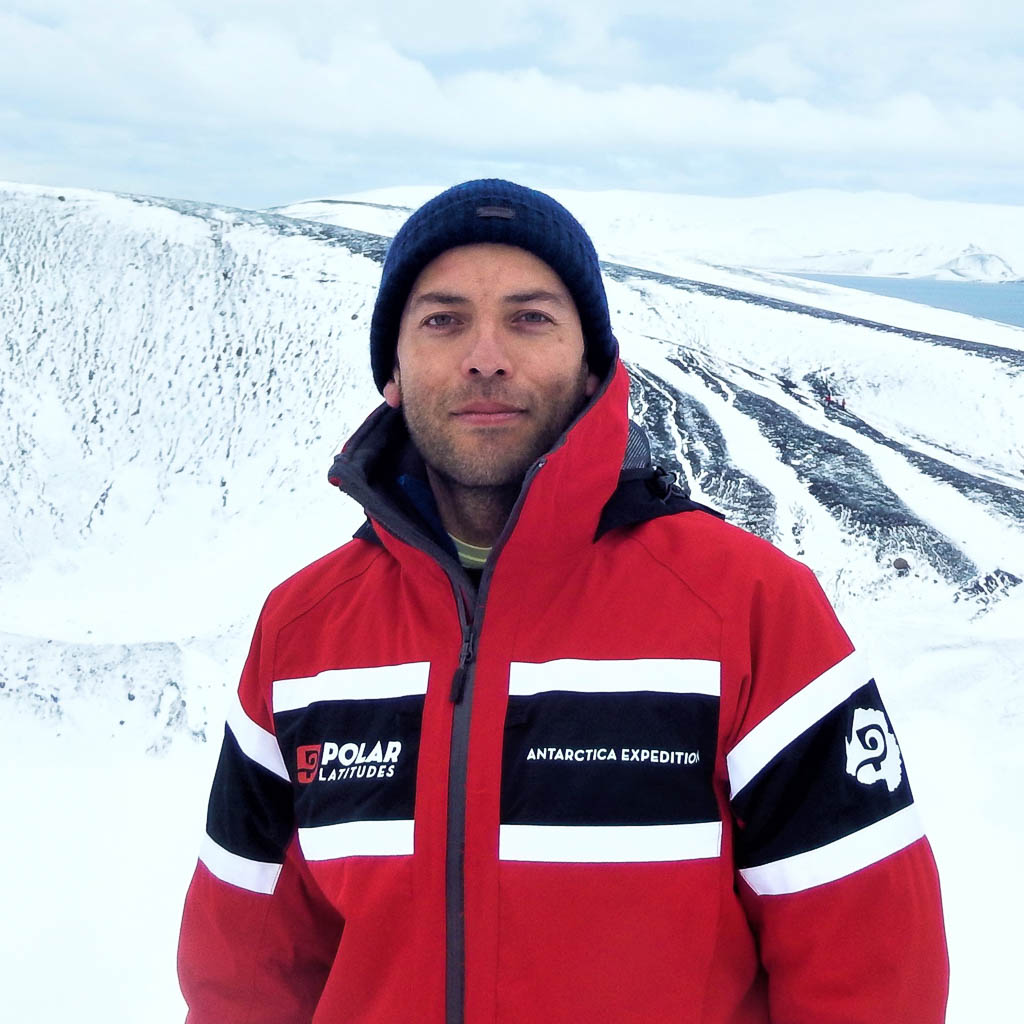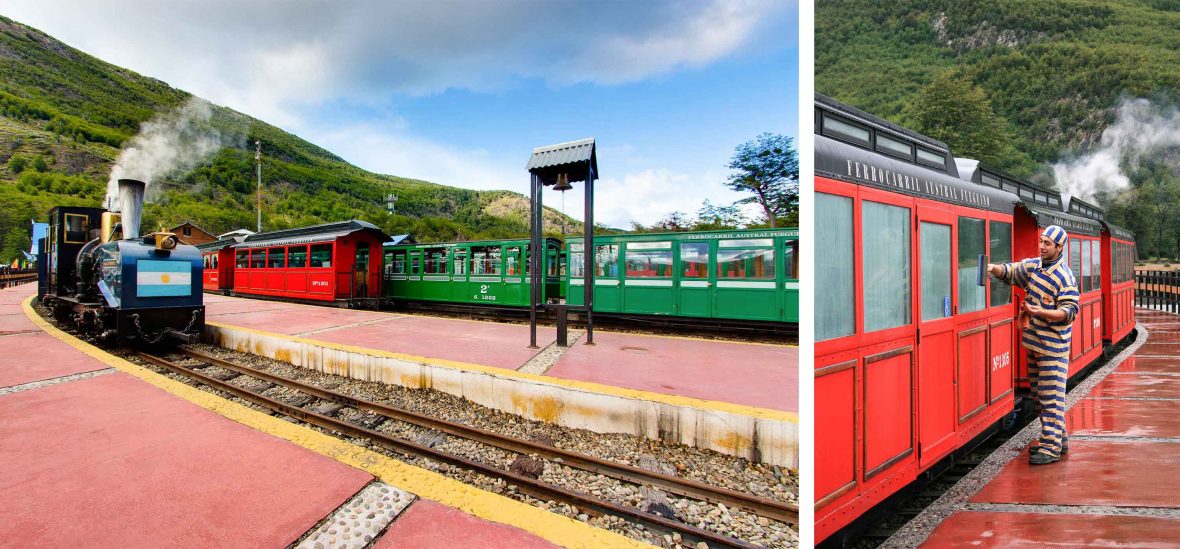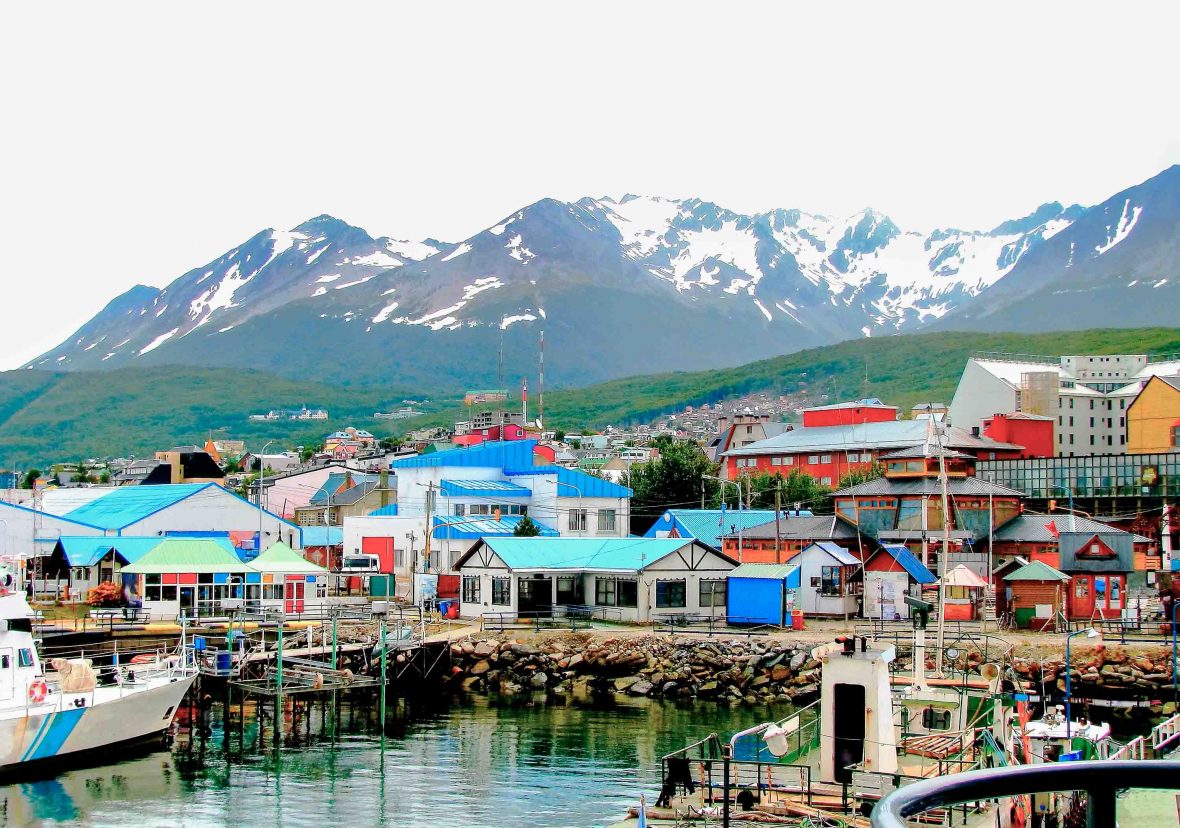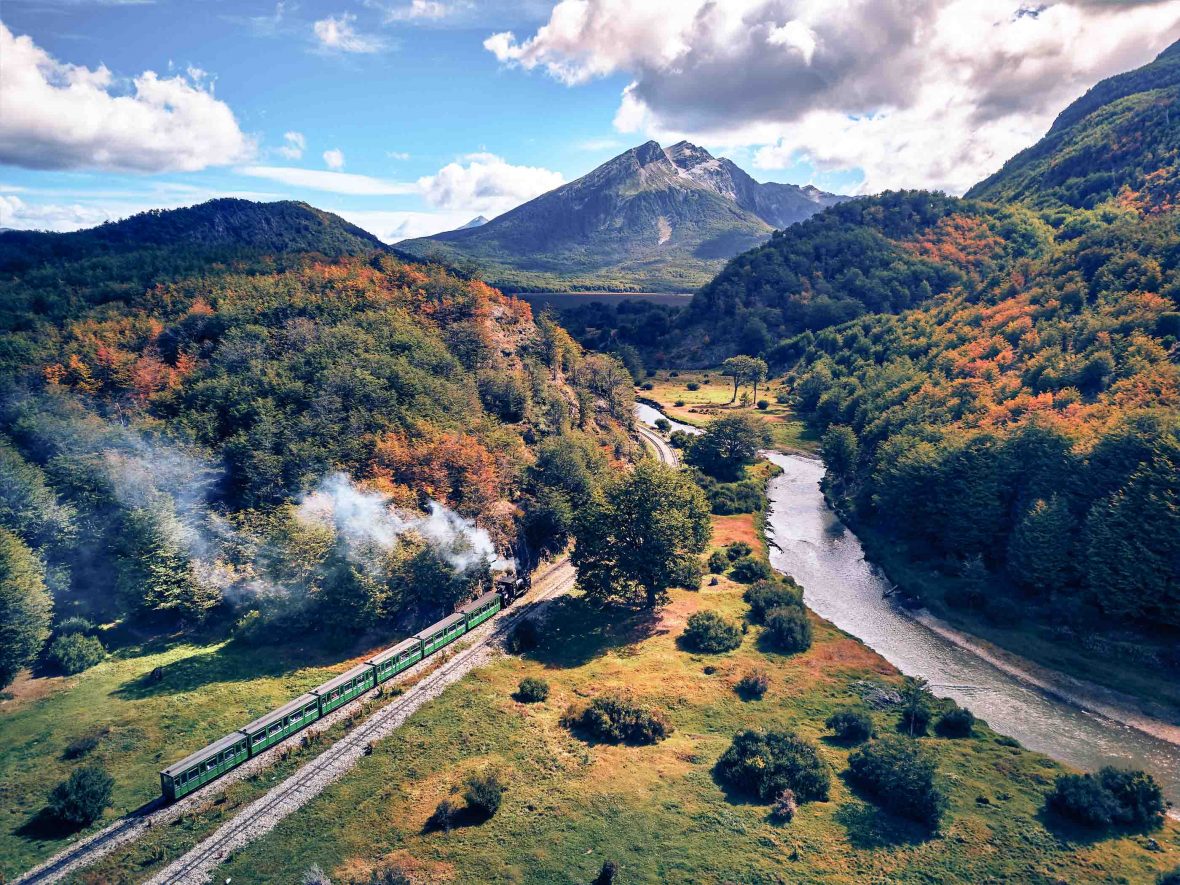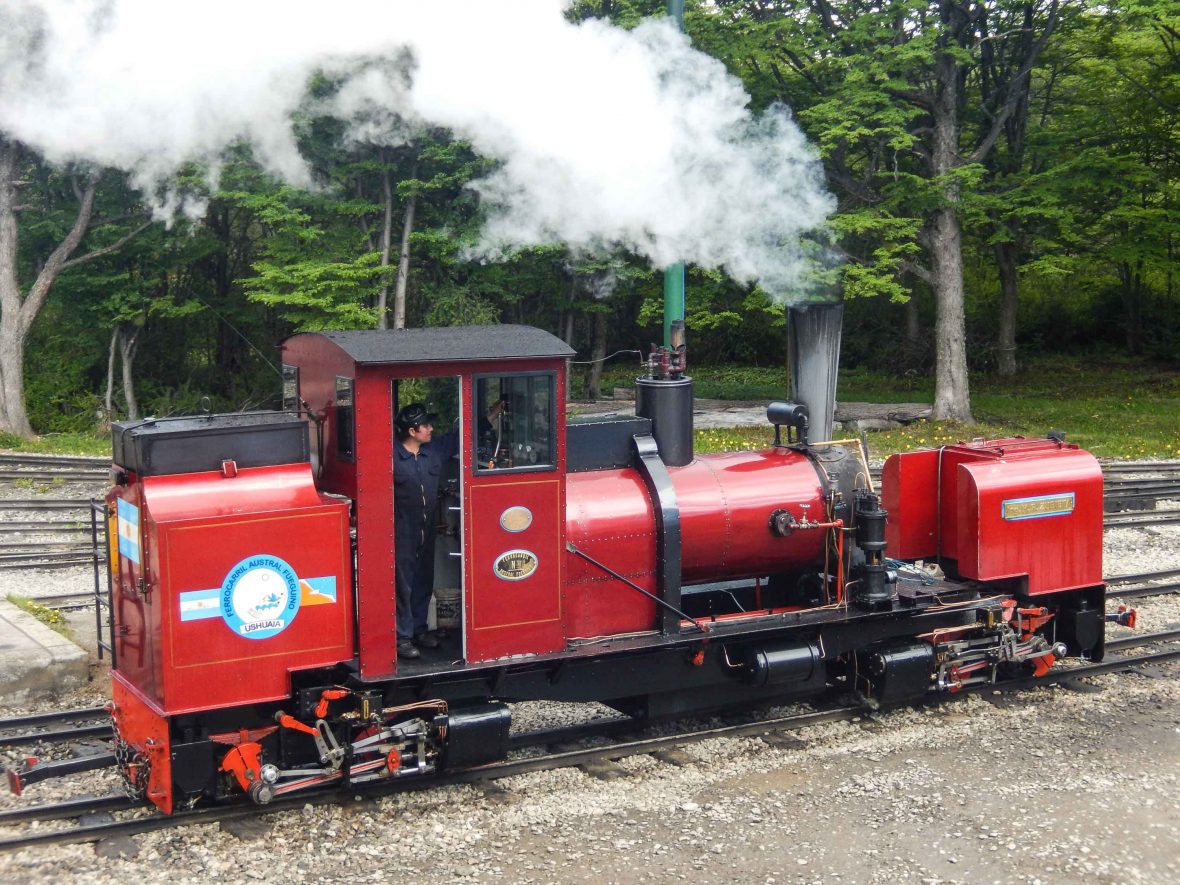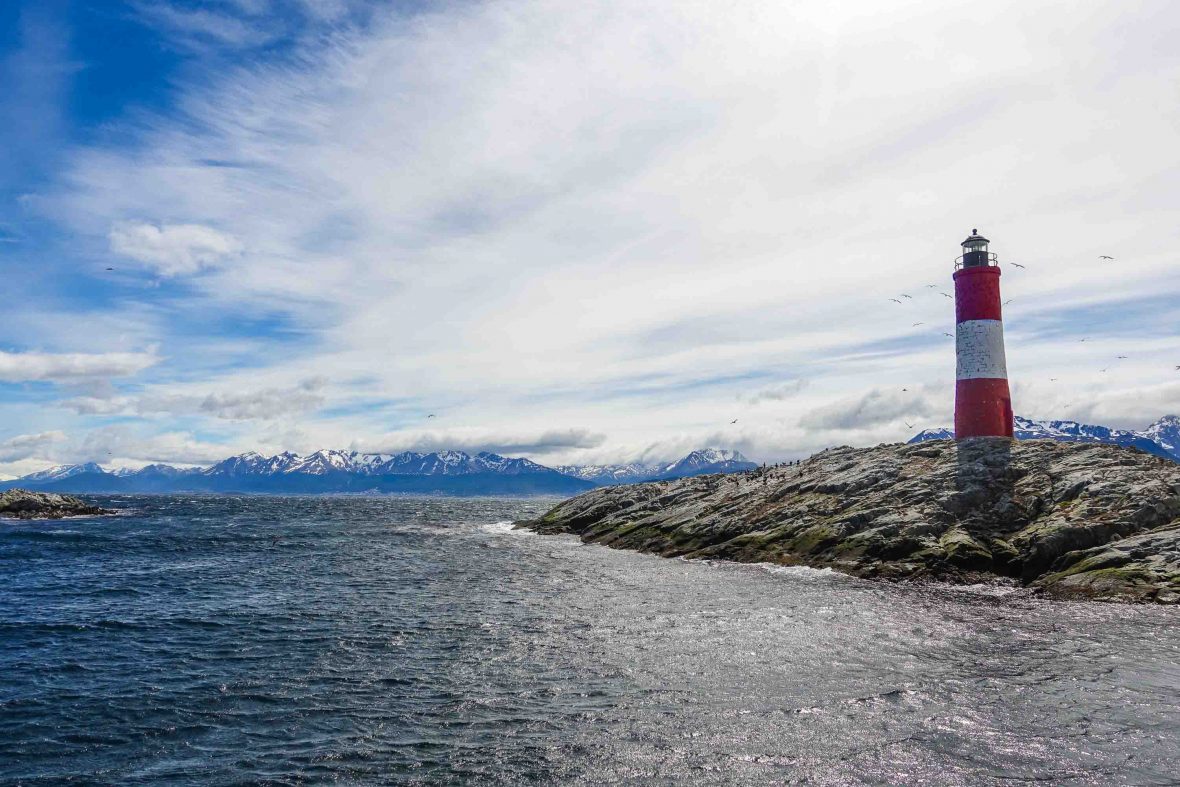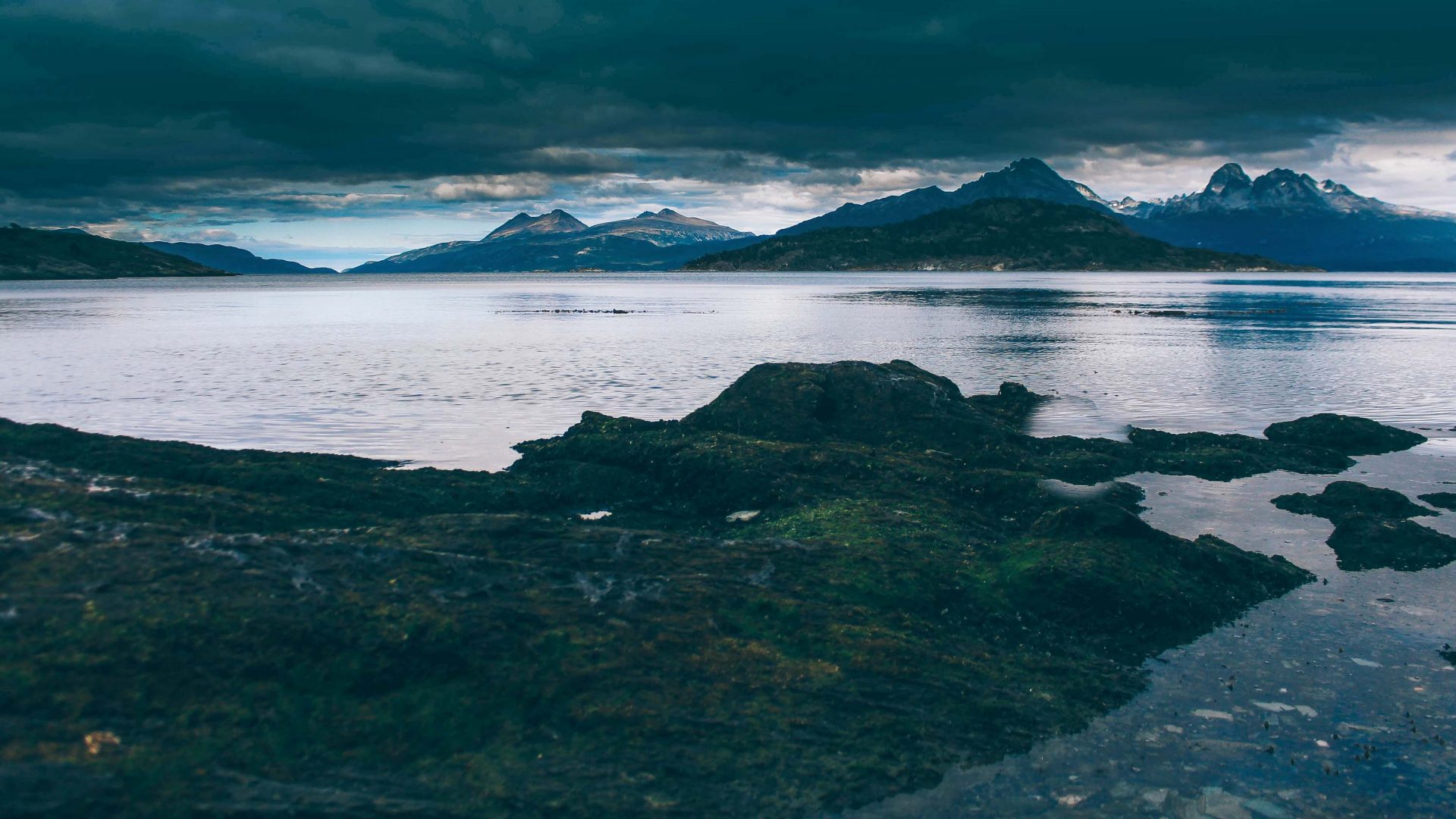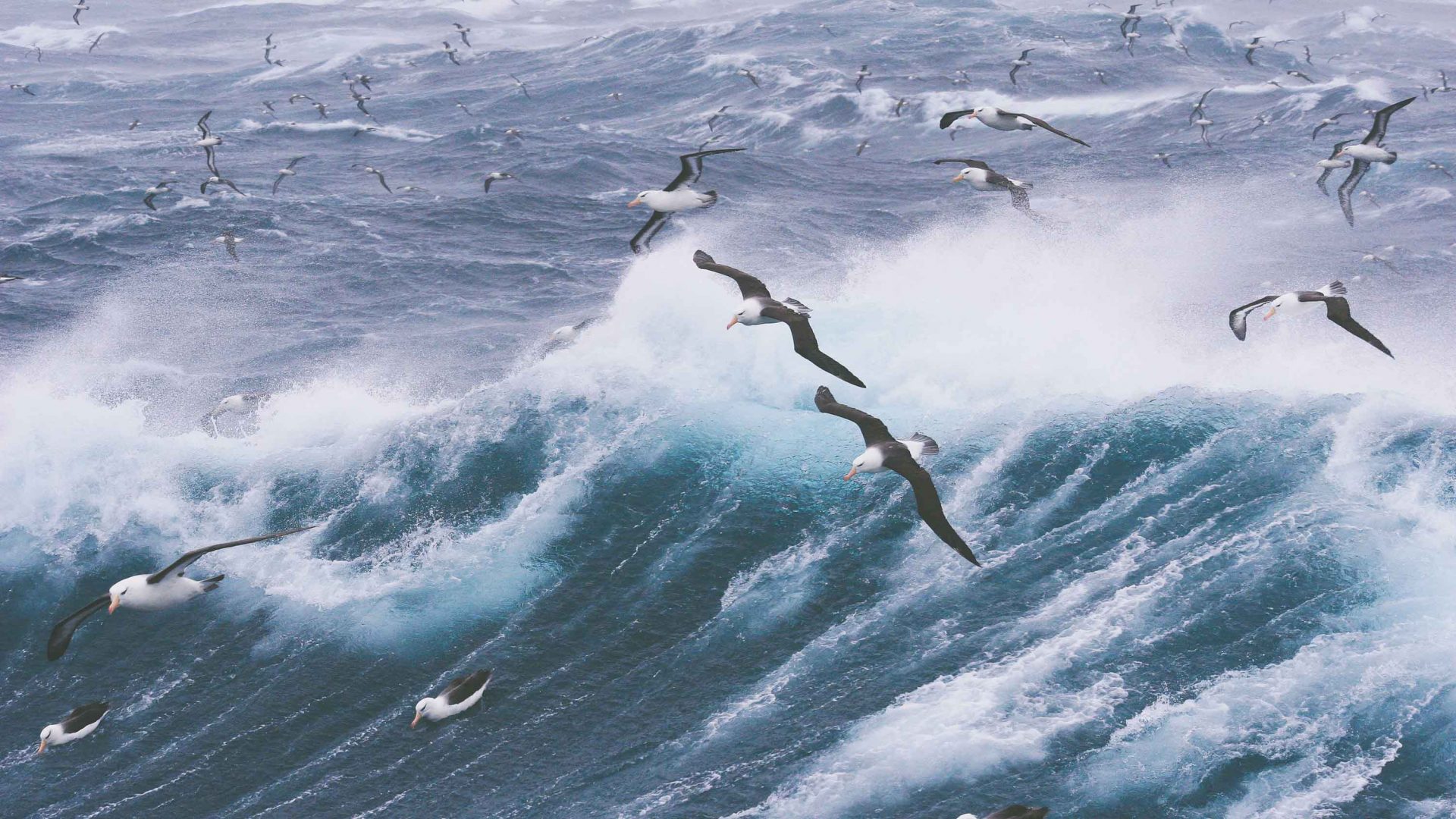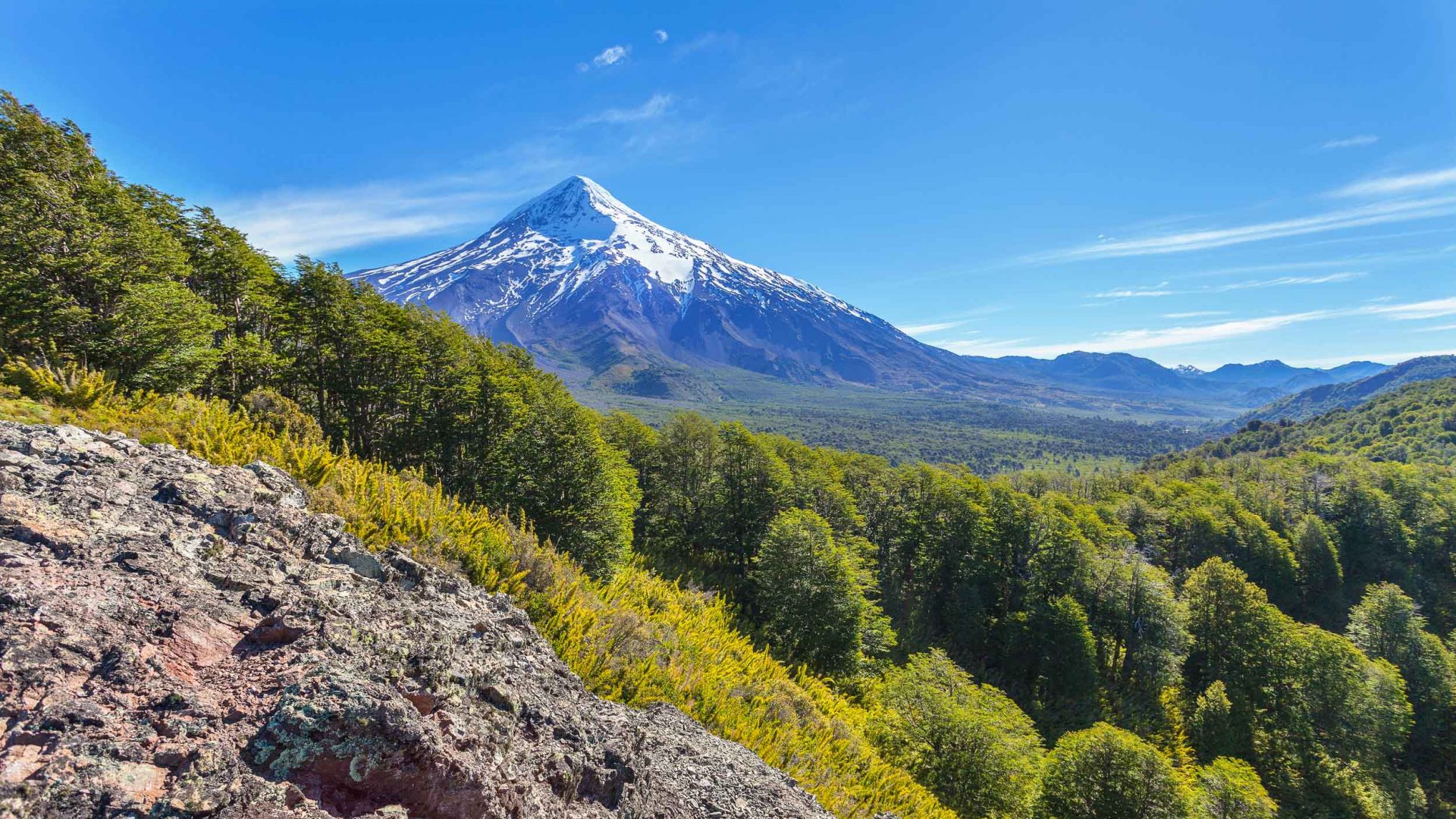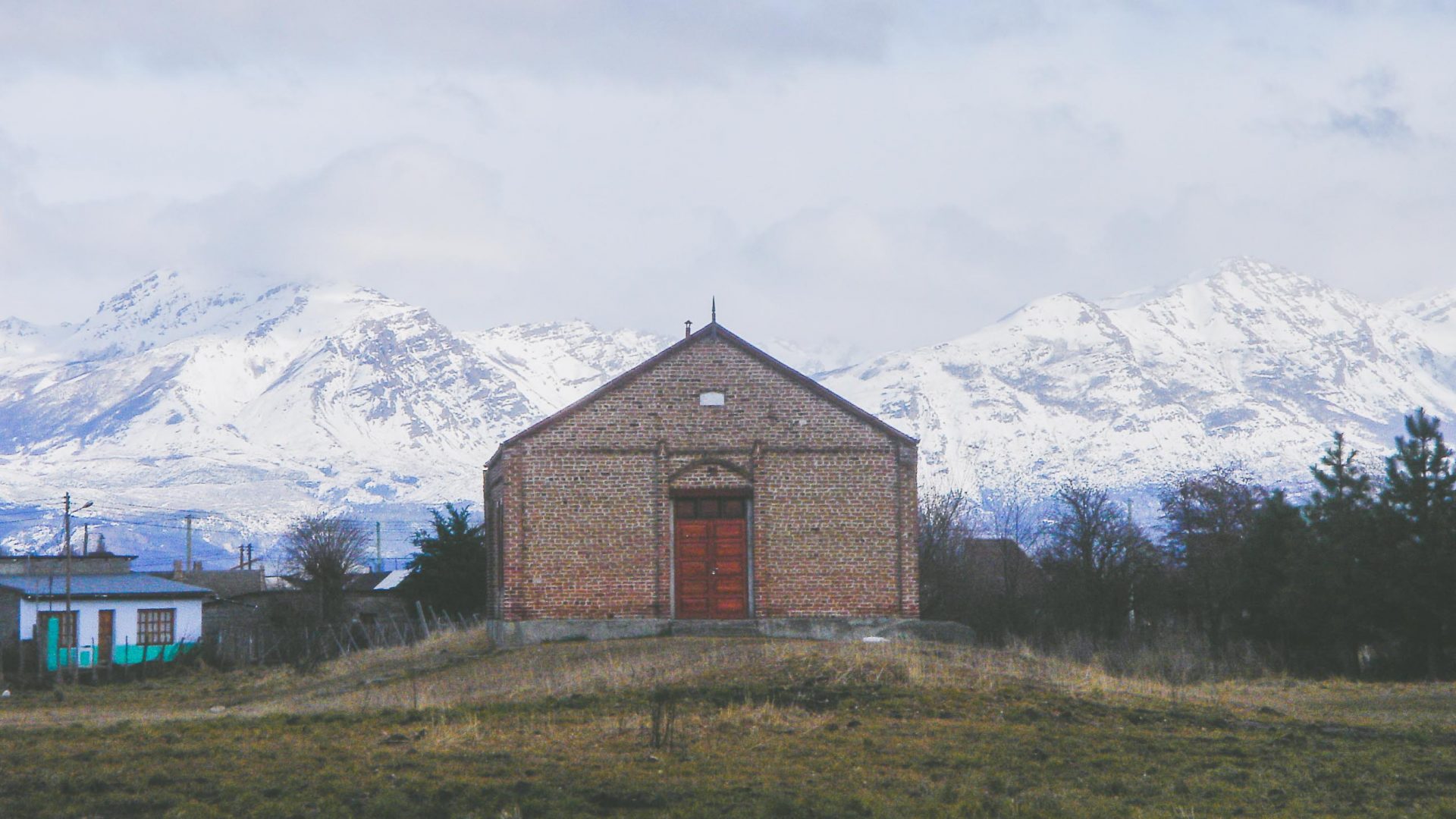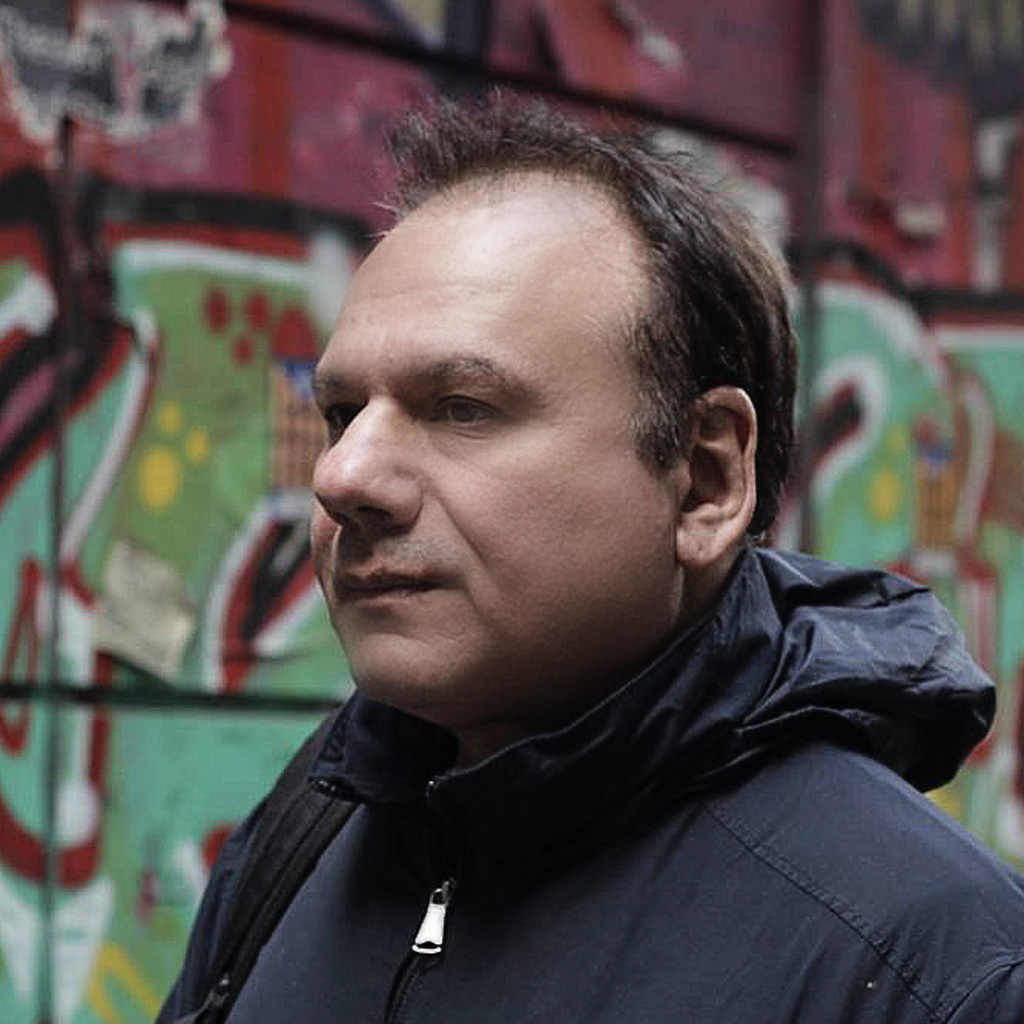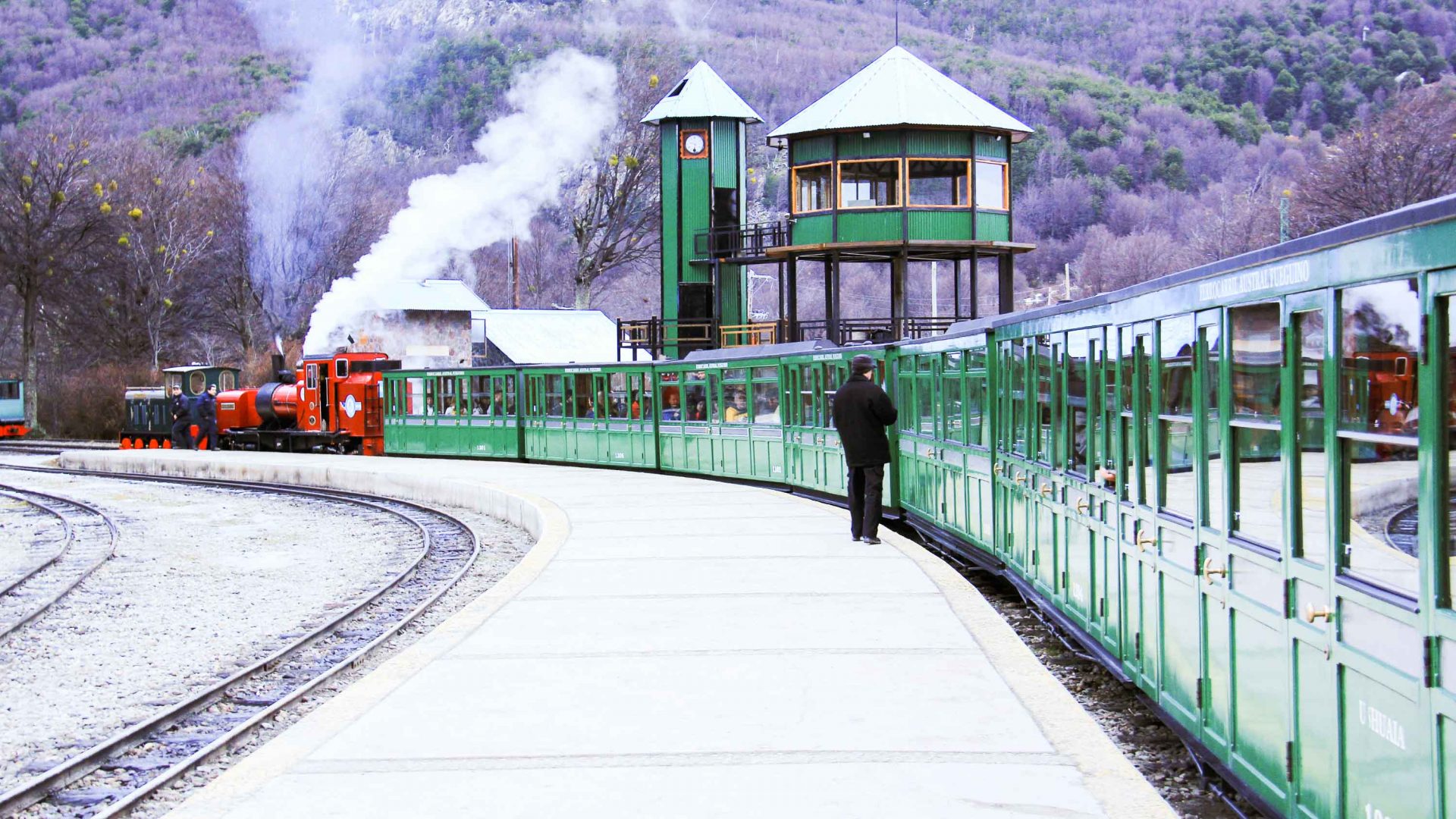
Editor’s note: This article was published before the coronavirus pandemic, and may not reflect the current situation on the ground.
At the southernmost tip of South America, the End of the World train isn’t just a striking railway journey past the soaring Andes—it’s also an insight into the colorful, sometimes criminal, history of Tierra del Fuego.
With a piercing whistle and a bellow of acrid smoke, the southernmost train on earth chugs off at the pace of a leisurely Sunday stroll. Built by some of Argentina’s most notorious criminals in the early 20th century, the Tren del Fin del Mundo is today an unashamedly touristy experience.
Camila, a pint-sized, olive-green steam locomotive built in the UK, is on duty for my journey. I’m wedged into a snug, overheated carriage as a booming voice on the PA interrupts tango muzak to recount, in the style of a Hollywood trailer, Tierra del Fuego’s history as a penal colony.
Behind us, the End of the World station, a kitsch construction resembling an Alpine chalet, slowly disappears from view and we pass through the thickly-forested Toro gorge, the original wooden tracks periodically visible beneath their modern replacements.
